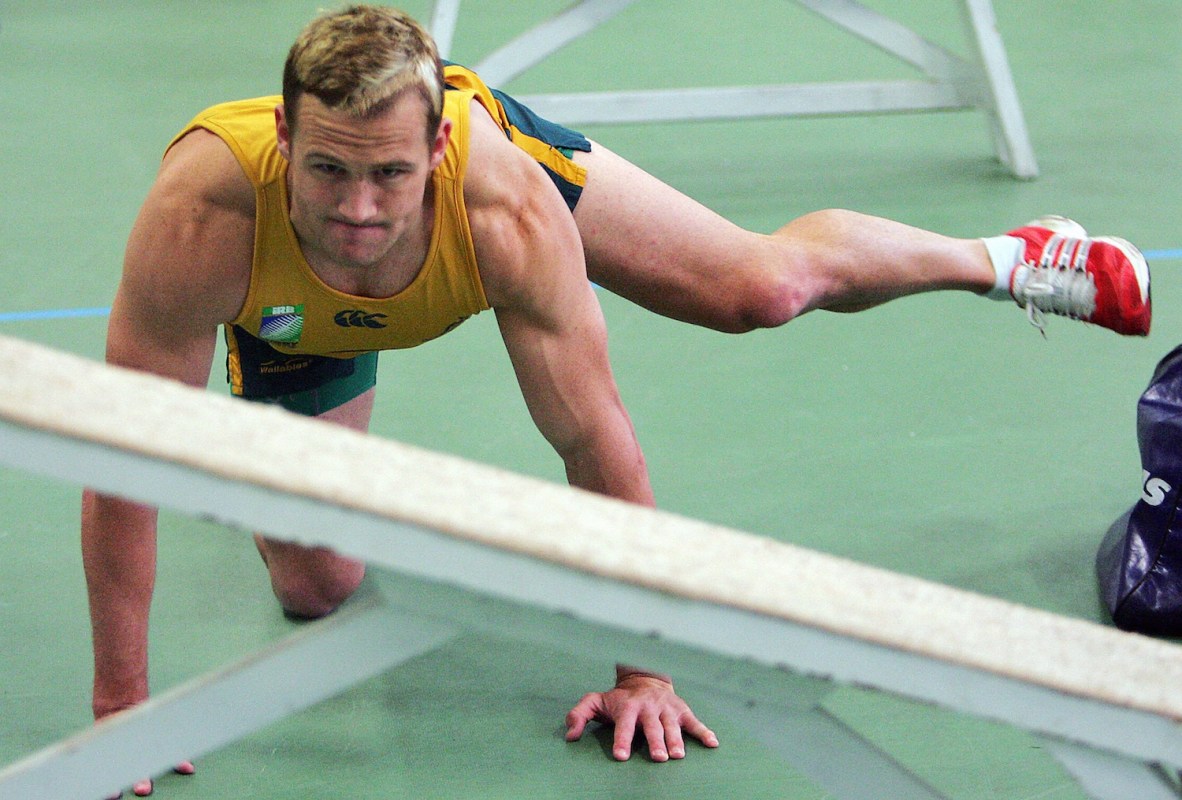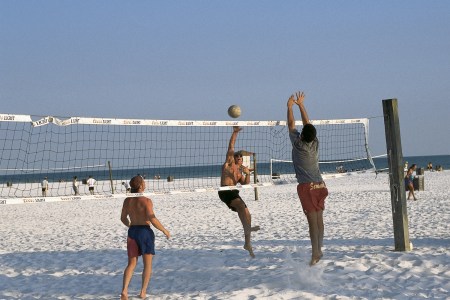I met a triathlete when I was in Chamonix this year, whose workout routine made my weekly slate look absolutely pedestrian. He runs just as much as I do (at least 25 miles a week), but also swims 160 laps, tallies almost four hours of strength training and knocks out long rides on Zwift.
When I asked him how his body could possibly handle all that strain, he pointed me towards Pliability. It’s a mobility database with tons of bite-sized routines; he dedicates 15 minutes each morning to the practice. His endorsement worked on me — and so too has the app.
I’ve always had trouble getting a stretching routine off the ground, likely because it’s boring, time-consuming and I’m intimidated to discover just how tight I’ve let my hamstrings get. But for months now, following my morning run, I’ve dutifully rolled out my yoga mat and selected a routine from the Pliability library. There are videos for specific activities (“running recovery”), for lifestyle relief (“desk bound”) and injured areas (“groin”).
Whatever I choose, I’ll airplay it to the TV and give it my best go. I probably look like a fool at times to our neighbors in the window across the way, but they’ve also seen me naked, so who cares about them. One of my favorite things about this routine — even more than finally nailing a move — is discovering an exercise that I know will really make a difference for me in the short and long term. That’s exactly how I feel about fire hydrants.
How to Perform the Exercise
The move has its name for a reason; picture a canine patronizing the local hydrant, lifting up its hind leg until the limb’s even with its torso. Fire hydrants are more formally called “quadruped hip abductions” (an abduction, FYI, is when you move a body part away from the body’s midline). Here’s how to perform the most simple version of the move:
- Assume the tabletop pose, keeping your knees narrower than your hips
- Lift your leg up at a 45-degree angle
- Briefly hold it in space, pointing your toe towards the wall
- Slowly return it back to the mat
In case you’re a visual learner (like me), here’s a great demonstration. The key here is to keep the hips and shoulders square, and your core stable.
For such a tiny move, I’m always amazed how quickly and dramatically the rest of my body starts to drift; it’s definitely taken me some time to do fire hydrants properly. But it’s worth getting comfortable with the basic movement pattern, because the benefits are the real deal. And from there you can make the move more interesting (difficult).
The Benefits of Fire Hydrants
Fire hydrants primarily target your glutes, but also work the muscles around your hips, while recruiting the stabilization efforts of your abs and obliques. (You’ll also give your shoulders a light burn from holding that pose for a few rounds of reps.)
If you’re concerned about building a more shapely butt, fire hydrants are a good idea. But they’re a great idea for beleaguered amateur trainees like me — who cycle between running six miles and sitting for six hours behind a desk — and could use some relief in that tricky hip-back-pelvis region.
The exercise isn’t a silver bullet, but in building up the glutes and encouraging clean extension, rotation and abduction of the hips, it creates a stronger and more stable range of motion down there. Done right (and consistently), it can help you chug up stairs, make lateral moves in sports and even just get up from a chair or out of bed with less pinching in your back.
As a runner, fire hydrants specifically help me improve my “knee tracking.” With more reliable hip stabilizers, my pelvis stays steady, which keeps my knees from wobbling or caving in. Maltracking can lead to problems up and down the chain, from ankle issues to runner’s knee to IT band irritation.
How to Add to the Exercise
I thought I’d unsubscribe from Pliability after I learned enough moves to cobble together my own home routine. But I’m still using it. It’s introduced me to moves that blur the boundaries between stretching and strength training. You can even scale individual exercises to suit your needs.
For instance, while the most basic form of fire hydrants are what I’d call a “low-load activation,” you can add a little pepper to give your stabilizing muscles more of a challenge. Consider:
- Adding a complementary adduction move: Sweep the working leg under your torso before returning it to neutral.
- Using a mini resistance band: Place it right above your knees to increase resistance during each lift. You could also wear ankle weights.
- Pausing/pulsing at the top of each rep: Hold the leg lifted longer than usual (or pulse a few times) to increase “time under tension” and really engage the stabilizers.
- Reaching out with your opposite hand: Similar to dead bug, reach your right arm straight ahead while lifting your left leg. Switch. This adds a core stabilization challenge.
Meet your guide

Tanner Garrity
Tanner Garrity is a senior editor at InsideHook, where he’s covered wellness, travel, sports and pop culture since 2017. He also authors The Charge, InsideHook’s weekly wellness newsletter. Beyond the newsroom, he can usually be found running, skating, reading, writing fiction or playing tennis. He lives in Brooklyn.
More Like This
The Charge will help you move better, think clearer and stay in the game longer. Subscribe to our wellness newsletter today.

